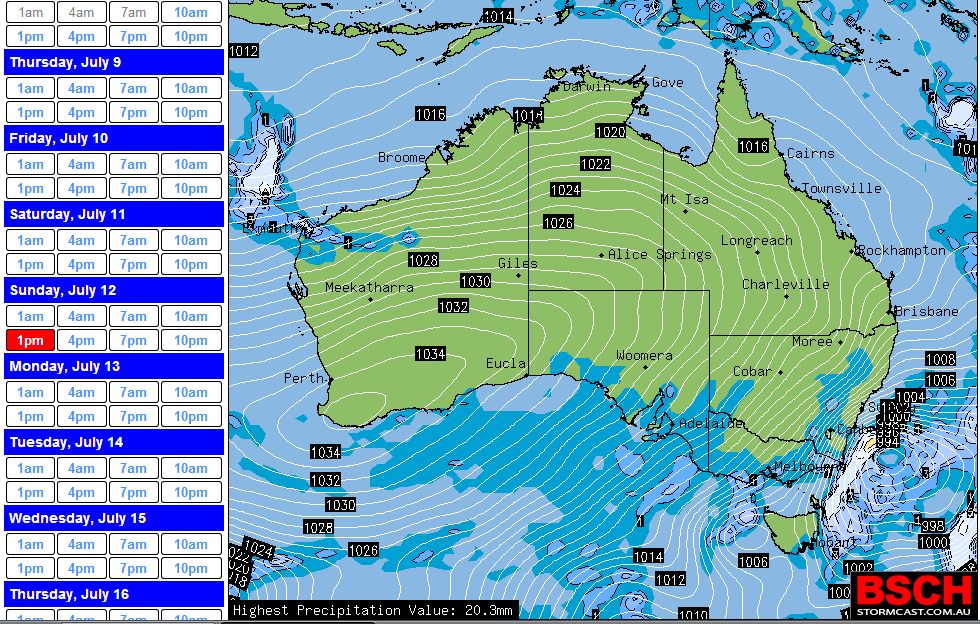Find Out How to Pack for a Journey to the Snow In Australia with Essential Tips
Find Out How to Pack for a Journey to the Snow In Australia with Essential Tips
Blog Article
Discover the Fascinating Results of Snow in Australia on Regional Communities
Despite its online reputation for sun-soaked landscapes, Australia likewise flaunts regions buried by snow-- a sensation that greatly influences the country's distinct environments. The protecting buildings of snowflakes safeguard flora and animals amidst the coldest wintertimes, while the melting snow nurtures rivers and water life. The actual marvel lies in how these wintry problems form the country's biodiversity and nutrient cycles. As we decipher this elaborate partnership, we find ourselves treading on undiscovered premises in Australia's high nation.
The Unexpected Regions of Snowfall in Australia
The high nation regions of New South Wales, Victoria, and Tasmania are especially understood for their winter season snow. The Snowy Hills in NSW, for circumstances, receive plentiful seasonal snow, offering a stark contrast to the nation's typical hot, dry environment. The presence of snow in these regions significantly influences local ecosystems, consequently impacting the country's one-of-a-kind biodiversity.

Exactly How Snow Impacts Australia's Distinct Plants
While it may seem uncommon, snowfall in Australia plays an important duty fit the country's one-of-a-kind vegetation. The snow-filled winters foster durability in Australian plant species. This is particularly noticeable in the sub-alpine and towering areas, where snow gums and mountain plum-pines flourish. These plants have advanced to survive in severe problems, with snow serving as a safety covering from rough winds and freezing temperatures. The snow likewise adds to the moisture content of the dirt, offering required hydration for plant throughout the dry summer season. Essentially, the snow influences the timing of blooming and seed dispersal, the growth prices, and the survival of numerous plant types, showcasing the detailed interplay in between environment and vegetation in Australia.

The Adjustments of Australian Fauna to Snowfall
Just as Australia's plants has adapted to the wintery conditions, the local animals too, exhibit impressive adaptations to the snowfall. Species like the Hill Pygmy-possum, the only Australian marsupial recognized to hibernate, have actually progressed methods to endure in snowy environments. It uses the snow as insulation, hibernating in rock crevices under the snow to stay warm. The Snow Skink, a species of lizard, changes its colour to white during wintertime, supplying camouflage against predators. Birds such as the Snowy Mountains' Crimson Rosella also his response adjust their diet plans to take in readily available food sources throughout colder durations. Hence, regardless of the extreme conditions, Australian fauna demonstrates a resistant and adaptive nature, guaranteeing their survival in areas experiencing snowfall.
The Function of Snow in Shaping Regional Communities
In shaping the regional ecosystems, the role of snow in Australia is both extensive and multilayered. It influences the circulation of flora and fauna, mostly defining the biodiversity of alpine and sub-alpine regions. Snow supplies an essential water source, feeding rivers and reservoirs as Get the facts it melts, therefore supporting a selection of water life forms. In addition, snow acts as an insulator, safeguarding ground-dwelling organisms from severe cold. It plays a considerable function in soil formation and nutrient cycling. The regular cold and thawing of dirt generated by snowfall promotes the malfunction of rocks, improving soil fertility. The presence of snow forms the vegetation patterns, pet behavior, and overall sustainability of Australia's unique communities.

The Future of Snowfall in Australia: Implications and forecasts

Given the essential function snow plays in forming neighborhood environments, the future of snowfall in Australia is attracting raising focus from researchers and ecologists. Less snow can result in reduced water availability in towering regions, adversely influencing wild animals environments and plant life. The tourist industry, heavily reliant on the wintertime snow period, may likewise face significant difficulties.
Verdict
The duty of snow in Australia's environments is crucial yet usually forgotten. It serves as a guard, a nurturer, and a shaper of varied alpine species, adding to the splendor of Australia's high nation. As climatic patterns proceed to change, recognizing the ramifications and prospective changes of these snow-influenced ecological communities is important. Thus, the snow in Australia is much more than a natural phenomenon; it's a crucial gamer in the country's ecological story.
Regardless of its online reputation for sun-soaked landscapes, Australia also boasts regions buried by snow-- a phenomenon that profoundly influences the country's unique ecological communities. It uses the snow as insulation, hibernating in rock holes below the snow to remain warm - Snow see this here In Australia.In shaping the neighborhood ecological communities, the role of snow in Australia is both multilayered and profound. The presence of snow forms the plant life patterns, animal actions, and total sustainability of Australia's distinct environments
Provided the vital role snow plays in shaping local ecosystems, the future of snowfall in Australia is drawing increasing interest from ecologists and scientists.
Report this page